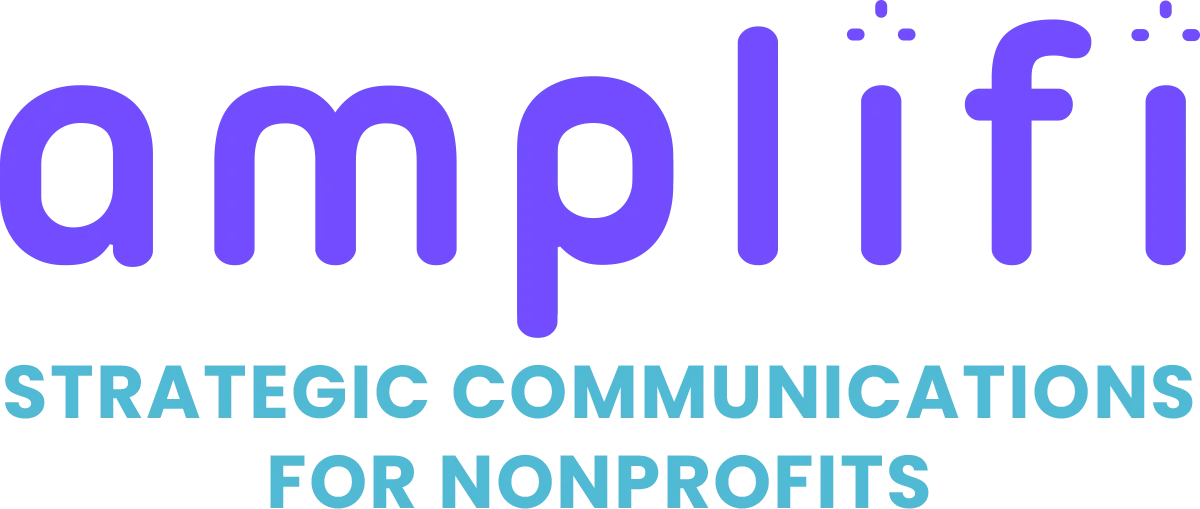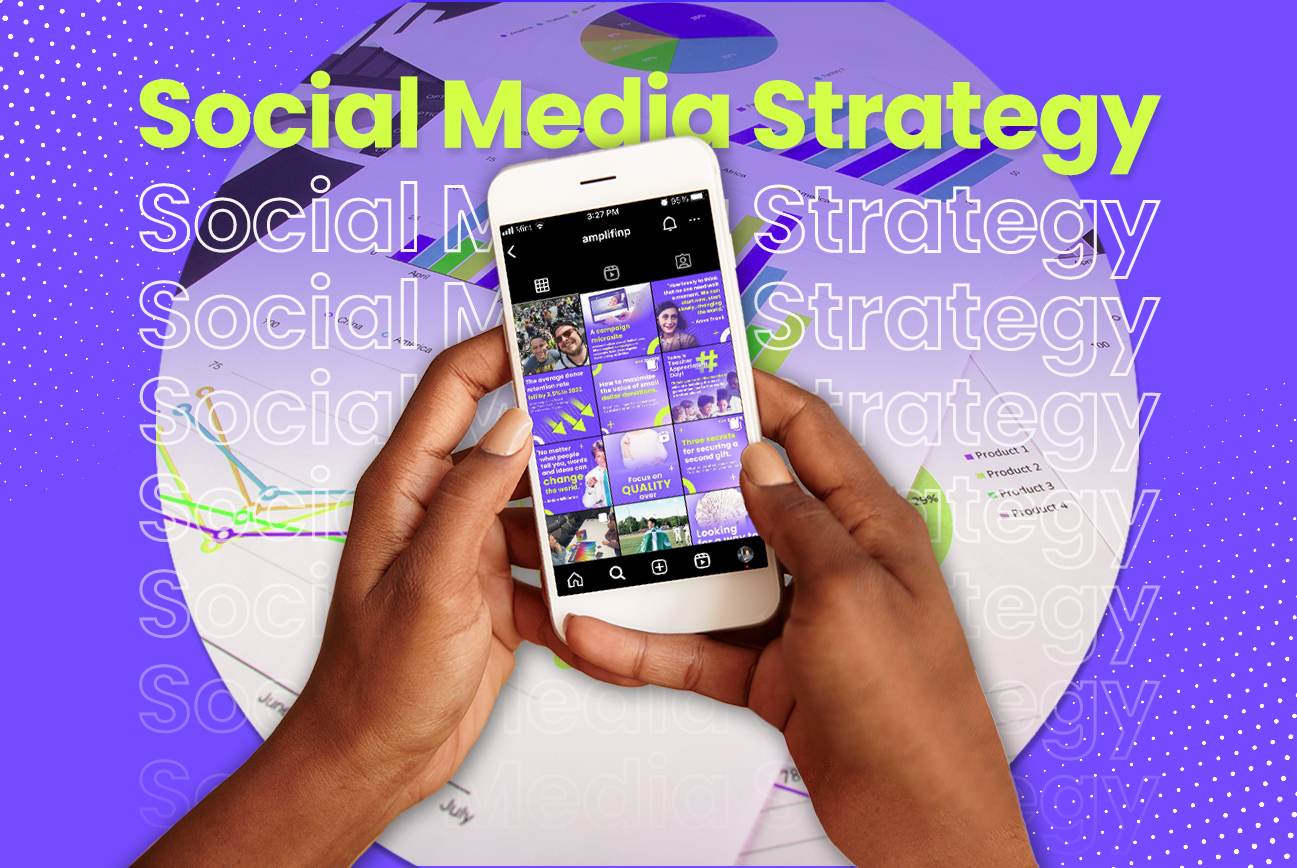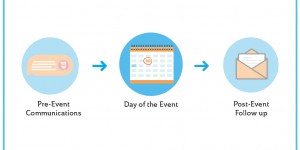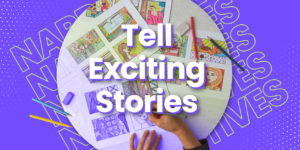Digital fundraising strategies are front and center. And more and more nonprofits are engaging their audiences and finding new supporters with their social media outreach.
But many fundraisers find themselves lost after setting up a profile, uploading a profile image, and making a post that links to a donation page. They have an exciting new way to engage with audiences. But they find themselves lacking time to create and post quality content.
Many fundraisers feel like there simply aren’t enough hours in the day to build a robust social media strategy while keeping up with their regular fundraising activities.
After all, there’s a reason many organizations hire a social media manager or bring in a fundraising agency to help build and maintain their social strategy. But that doesn’t mean you can’t get started on your own!
In fact, you probably already have several pieces of content ready to be repurposed for your nonprofit’s social media outreach.

Extend your stories.
Every story has a beginning, middle, and end. This is true of all the stories your nonprofit tells as well!
And when we tell our stories in appeal letters, emails, and other traditional forms of outreach, we usually try to fit the entire story into one cohesive message.
You have the beginning, which introduces the problem and explains why your nonprofit’s mission is important. Then, you talk about the specific ways you’re tackling these issues and what current donors are doing to help in the middle.
Finally, you wrap your story up by encouraging the reader to help achieve your mission and make a difference with a donation.
But on social media, there’s no need to cram all three parts of the story into a single post. You can extend the shelf-life of your stories by breaking them down into bite-sized chunks for a series of social media posts!
So, create a post that introduces your followers to the problem you are trying to solve. Then build follow up posts that show them the people in your story. Plan additional posts that go into specifics about the people who will benefit from your work or the specific ways donors are helping your organization make a difference.
Then, plan posts with a call-to-action that inspires your followers to donate and help your nonprofit make the world a better place through your work!
READ MORE: There’s always a new story to tell.

A picture can be worth 1,000 words.
But not every picture is worth 1,000 words! Every image you share on social media should tell a story and inspire donors to engage further.
So, remember to be selective with the photos you share in your social media outreach and make sure each one is a part of your ongoing narrative.
This means using pictures of people, not things.
So, let’s say you work for a community organization focused on providing opportunities for underserved youths.
While you may be tempted to share an image gallery of your new community center, pictures of an empty building aren’t going to encourage your followers to engage. In fact, they may even see your shiny new community center and assume that your work is done!
But pictures of the children you serve will evoke a very different response. Let your followers see the excitement on the children’s faces as they walk through the community center for the first time. Show them using the new facilities your donors worked hard to provide.
These are the kind of photos that tell a story, evoke a response, and inspire donors to act.
Remember, you only have 280 characters in a tweet. Powerful images will help you tell a better story with fewer words. Instagram is an inherently visual-first platform. And other social networks continue to favor visually engaging posts in their algorithms.
So, look through your archives and pick out some of the best photos that show the story you’ve been telling in your other messaging to find great social posts in the making!
READ MORE: The four principles of visual storytelling.

Elevate your event outreach.
Do you host an annual gala, 5k run, bowl-a-thon, golf outing, or another fundraising event? Or maybe you hold volunteer outings that get your supporters to put their fundraising dollars to work?
Chances are, you answered yes to one, if not both, of those questions. Well, your nonprofit’s events can be an important part of your social media outreach!
The points from the last section all apply here as well. And whether you hired a professional photographer or had one of your staff running around snapping pictures with their iPhone, you probably have a lot of great photos from your events your followers would love to see!
Share these photos one at a time to create a series of posts to follow up after your event. Or post them as a gallery so those who didn’t make it can get a feel for what they missed. Then, use these photos again next year in posts leading up to your event. This will encourage more of your followers to get involved.
You can also share post-event surveys to follow up with attendees who follow you on social media. Or engage with a wider audience by asking what types of events your followers would like to attend in the future.
And, of course, you can share a post that links to a registration form if you are hosting an event that requires attendees to sign up. Just remember, location plays a factor. So, unless you’re targeting a specific geographic area, this approach may work best for digital events.
FREE eBOOK: From save the date to see you next time.
You have more content than you think.
If you’re familiar with our blog, you’ve heard us say this before. Your nonprofit probably already has more content than you think!
We’ve already touched on pulling stories from your appeals and digging into your photo library. But these ideas are just scratching the surface.
You can always find more stories to tell in your blog or newsletters! And your website is probably full of stories you haven’t told in some time. While your long-term supporters have heard these messages before, they may be new to your social media followers, especially if you are just getting started with your social media outreach.
Is there a blurb in your “about” page that tells the story of why and how your organization was founded? That’s a social media post.
Do you have several different programs or initiatives donors can support, in addition to your annual fund? Each one can be turned into a series of social media posts.
Have you recently launched a monthly giving program? Create a post that highlights the importance of recurring donations.
But don’t stop there! As you know, each nonprofit is different from the next. You have different stories to tell and different target audiences. And you know those specifics and what works best for your audience better than we do.
So, don’t be afraid to get creative. If it’s worth talking about on your website, it’s probably important enough to share on social media. You just need to package the information a little differently.
Looking for more advice for your nonprofit’s social media? Click here, and let’s chat!









